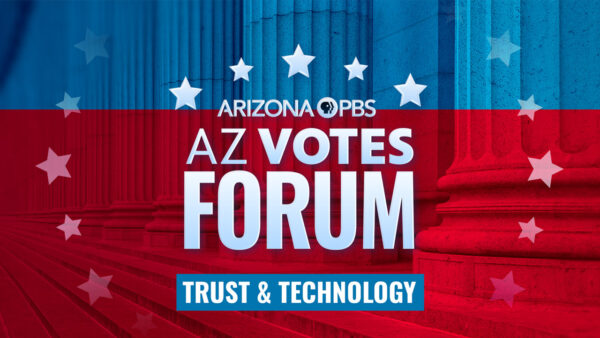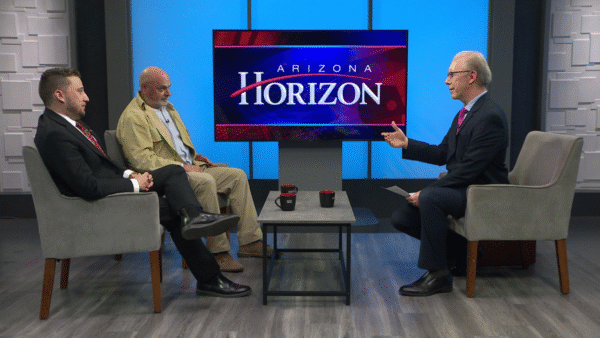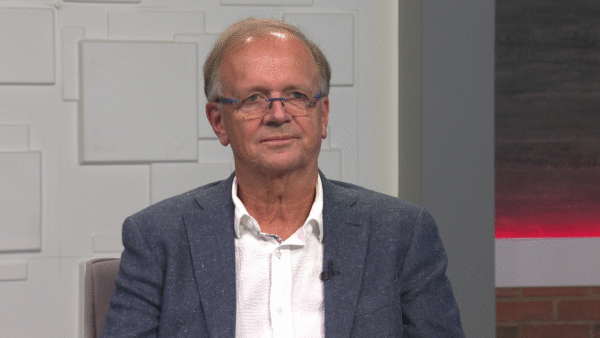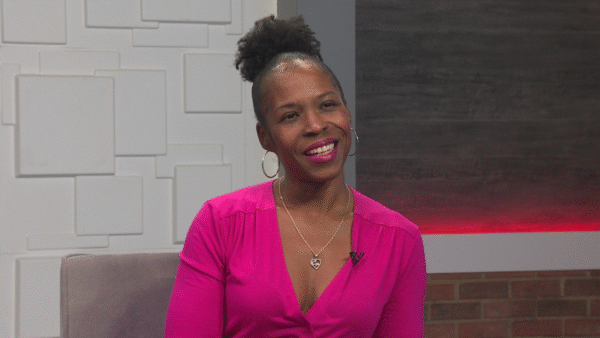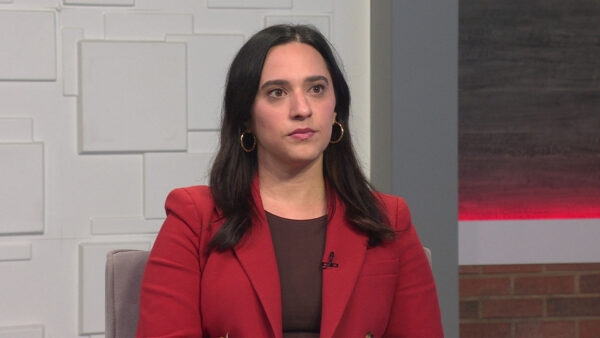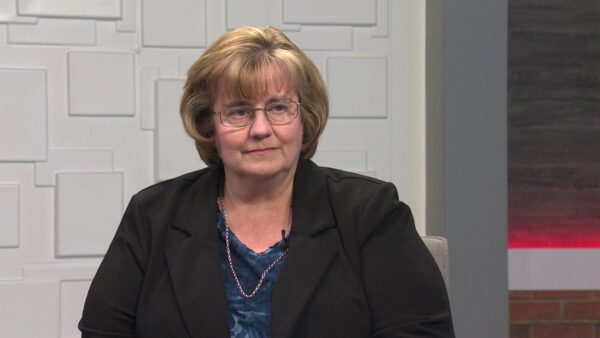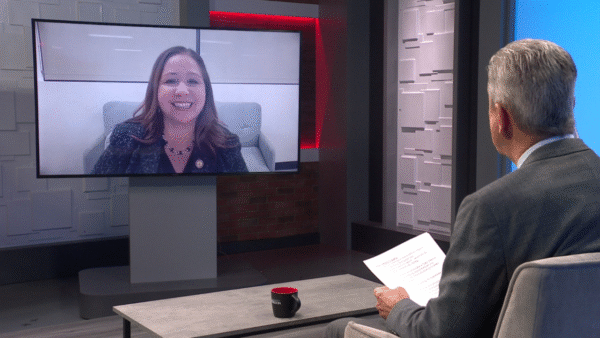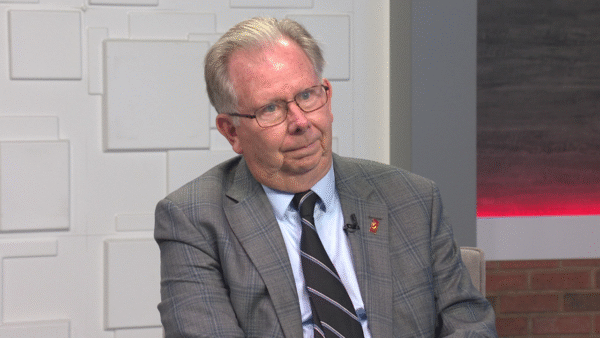Reconciliation budget battle splits U.S. Congress
July 7
The U.S. Congress is divided into two camps along party lines due to the reconciliation budget, otherwise known as President Donald Trump’s big beautiful bill. The legislation, now signed into law, covers areas such as taxes, immigration, and safety net programs
Chuck Coughlin, President of HighGround, Inc., and Stacy Pearson, Co-founder of Lumen Strategies, joined “Arizona Horizon” to discuss the reconciliation budget and why Congress is so sharply divided.
The biggest goal of the bill for Republicans, according to Coughlin, was to renew tax cuts passed during the first Trump administration before they expired. “They’re getting their job done of cutting taxes, that was what this was about from the very get go,” Coughlin said. “It was an extension of his 2017 tax cut bill that he wanted to get across the finish line. Come hell or high water, that was gonna happen.”
However, to pay for those tax cuts and reduce spending, the bill makes changes to Medicaid that will likely see Arizonians lose coverage. “We’re talking about 360,000 who are poised to lose they’re health care coverage, and we’re talking the most vulnerable,” Pearson said. “The folks who are gig works, the guy who drops you off in your Uber, the guy who delivered your Amazon packages.”
The political ramifications of the bill are also likely to be up in the air due to how the bill is written. While many of the tax cuts will come into effect before the 2026 midterm elections, many of the cuts to safety net benefits like Medicaid and food assistance only come into effect after 2026. That could change the potential outcome of the next election, according to Coughlin.
“Many of these access cuts will not take place until after the next election,” Coughlin said. “So what he’s [Trump] banking on is an economic stimulus effect from the tax cuts, and then everything’s okay. And then the rest of it will begin to take shape after the election.”




